PARENT TEEN MEDIATION
LIFE BEGINS AT THE END OF YOUR
COMFORT ZONE

Conflict between teens and their parents is normal.
It can become severe and threaten to ruin their relationship. Because of the significance of the issues and choices facing adolescents, healthy communication between parents and teens is critical.
Mediation provides a safe, neutral environment where family members can talk to each other, explore areas of disagreement, and come up with solutions to which both sides can agree. Giving teens a voice in making decisions affecting their lives empowers them and acknowledges their need for greater autonomy in a way that is acceptable both to them and to their parents.
Issues of particular concern to teens include:
- school
- friends
- rules and discipline
- privileges and responsibilities
- jobs
- planning for the future
- money
- boundaries
Parents and Teens often find themselves in conflict with each other.
Parent Teen Mediation is a helpful alternative that promotes healthy communication between Parents and Teens about their issues. Parent Teen Mediation offers a family system faced with conflict with an opportunity to promote understanding in order to resolve the issues within the system.
All to often, families faced with Parent Teen Conflict are potentially faced with high-risk behaviors from the youth who live within them. High-risk behaviors may include running away, breaching rules and breakdown in relationships. Unfortunately, there are often assumptions made that suggest that the family has a 'troubled teen'. Unforeseen contributors, like a breakdown in communication from within the family system, can often be overlooked. Parent Teen Mediation is most useful in situations like this when behaviors presented by a Teen are clearly a symptom of greater systemic issues from within the family system.
The family system concept is dependent upon the elements that contribute to the family system as a whole. Family members from within the family system are determined to be elements of a greater sum. Using three common sub systems or elements breaks down the organization of a whole family system. These three subsystems are the spousal sub unit, the parental sub unit and the sibling sub unit (Minuchin, Rosman, & Baker, 1978). The spousal sub unit is the first developed sub unit that contributes to the family unit. This sub unit is also referred to as the 'couple relationship'. This sub unit is based on intimacy and an emotional bond shared between spouses. The parental sub unit is the second developed sub unit that contributes to the family unit. This sub unit is based on providing for the needs of the children physically, emotionally and spiritually. The third developed sub unit that contributes to the family unit is the sibling sub unit. "This sub unit helps members to learn negotiation, cooperation, and competition and attaching to others" (Minuchin, 1974).
Family systems and the elements of family systems have clear and set boundaries. "The boundaries of a family system are invisible lines that separate a system, a subsystem or an individual so each party knows who is an insider or an outsider of the systems." (Minuchin, 1974). These boundaries are established to protect the integrity of each system, subsystem and individual and the clarity of the boundaries are as important as the units or elements themselves.
Patterns of family systems are repetitive in nature. Some repetitive patterns include adopting new rules, discovering new alignments, identifying clear boundaries and promoting more flexible family interactions. Parent Teen Mediation is most useful when the mediator recognizes the family 'dynamics' or family patterns in terms of how the members of each element or sub unit are communicating.
"When a single attitude, philosophy, point of view, procedure or methodology dominates scientific thinking (called a paradigm) solutions to problems are sought within the perspectives of that school of thought." (Kuhn, 1970).
Mediation offers a safe environment for communication with a structured process to promote a behavioral change from within the family members as well as an opportunity to 'think outside of the box' in terms of looking at creative problem solving and resolutions. The behavioral change itself will promote a 'paradigm shift' therefore, changing the pattern of behavior from within the system.
A Mediator who practices Parent Teen Mediation has the opportunity to provide a transformative approach to mediation by promoting a change in how the family unit has historically communicated. Parents and Teens need not agree with the exact same issues of conflict in the exact same way, but rather agree that there is in fact a conflict that exists. The mediation process will support the family members as individuals and as a greater system by facilitating a safe environment to promote understanding as to why the conflict is taking place based on explanations of the unmet interests and needs.
Mediation is a very effective tool in Parent Teen communication. A mediator is a neutral third party, trained in communication and problem solving skills to encourage people in conflict to work out mutually agreeable solutions to their issues. By recognizing Parent Teen conflict as a systemic issue, blame is minimized, power is balanced and neutrality is accomplished. Recognizing Parent Teen conflict as a systemic issue reinforces neutrality by not associating the teen as being 'troubled', but rather a symptom of greater issues. The mediator works as advocate for all family members in conflict and assists the family members in validating their interests and needs and promoting understanding. The mediator challenges the parties in conflict to find creative ways to resolving their conflict that meets the interests and needs of all involved.

